Note: This shouldn't be the accepted answer, but I wanted to post the solution in case it helps others. Jim's answer pointed me in this direction.
First, the consuming code, showing how it works:
static void Main(string[] args)
{
var channelFactory = new WcfChannelFactory<IPrestoService>(new NetTcpBinding());
var endpointAddress = ConfigurationManager.AppSettings["endpointAddress"];
// The call to CreateChannel() actually returns a proxy that can intercept calls to the
// service. This is done so that the proxy can retry on communication failures.
IPrestoService prestoService = channelFactory.CreateChannel(new EndpointAddress(endpointAddress));
Console.WriteLine("Enter some information to echo to the Presto service:");
string message = Console.ReadLine();
string returnMessage = prestoService.Echo(message);
Console.WriteLine("Presto responds: {0}", returnMessage);
Console.WriteLine("Press any key to stop the program.");
Console.ReadKey();
}
The WcfChannelFactory:
public class WcfChannelFactory<T> : ChannelFactory<T> where T : class
{
public WcfChannelFactory(Binding binding) : base(binding) {}
public T CreateBaseChannel()
{
return base.CreateChannel(this.Endpoint.Address, null);
}
public override T CreateChannel(EndpointAddress address, Uri via)
{
// This is where the magic happens. We don't really return a channel here;
// we return WcfClientProxy.GetTransparentProxy(). That class will now
// have the chance to intercept calls to the service.
this.Endpoint.Address = address;
var proxy = new WcfClientProxy<T>(this);
return proxy.GetTransparentProxy() as T;
}
}
The WcfClientProxy: (This is where we intercept and retry.)
public class WcfClientProxy<T> : RealProxy where T : class
{
private WcfChannelFactory<T> _channelFactory;
public WcfClientProxy(WcfChannelFactory<T> channelFactory) : base(typeof(T))
{
this._channelFactory = channelFactory;
}
public override IMessage Invoke(IMessage msg)
{
// When a service method gets called, we intercept it here and call it below with methodBase.Invoke().
var methodCall = msg as IMethodCallMessage;
var methodBase = methodCall.MethodBase;
// We can't call CreateChannel() because that creates an instance of this class,
// and we'd end up with a stack overflow. So, call CreateBaseChannel() to get the
// actual service.
T wcfService = this._channelFactory.CreateBaseChannel();
try
{
var result = methodBase.Invoke(wcfService, methodCall.Args);
return new ReturnMessage(
result, // Operation result
null, // Out arguments
0, // Out arguments count
methodCall.LogicalCallContext, // Call context
methodCall); // Original message
}
catch (FaultException)
{
// Need to specifically catch and rethrow FaultExceptions to bypass the CommunicationException catch.
// This is needed to distinguish between Faults and underlying communication exceptions.
throw;
}
catch (CommunicationException ex)
{
// Handle CommunicationException and implement retries here.
throw new NotImplementedException();
}
}
}
Sequence diagram of a call being intercepted by the proxy:

